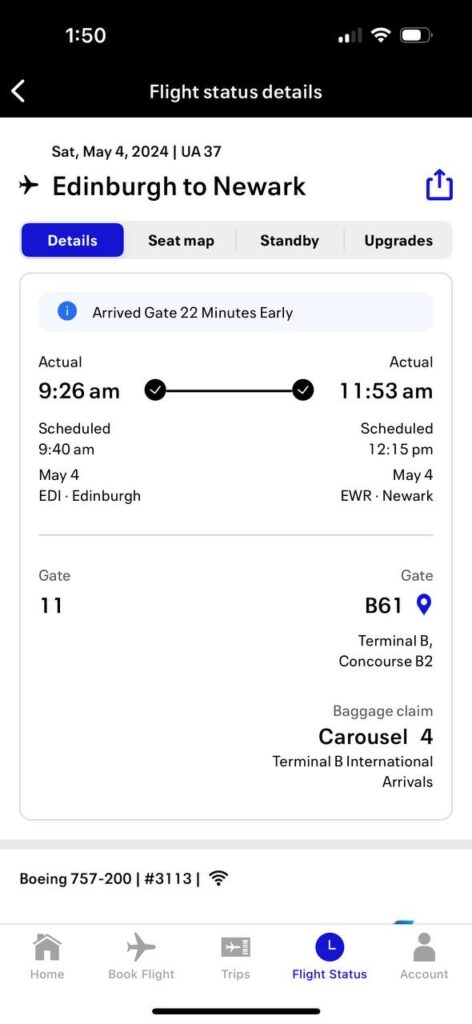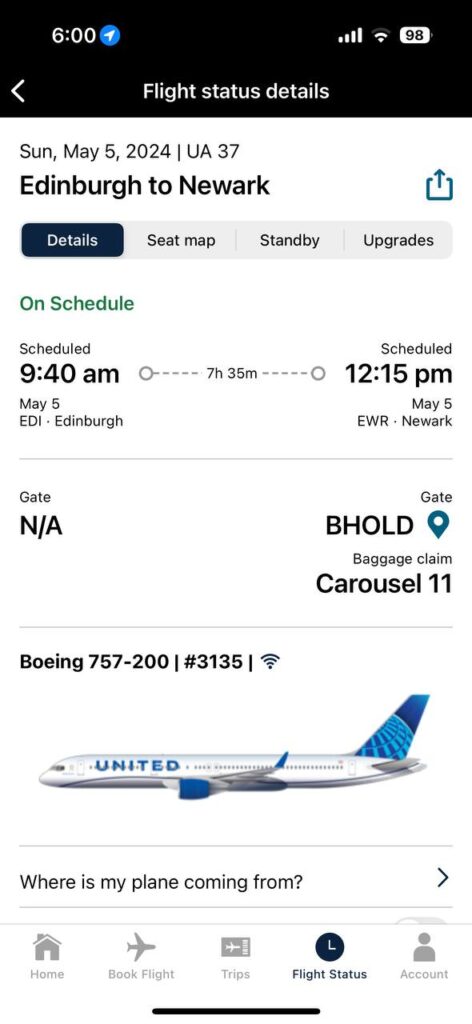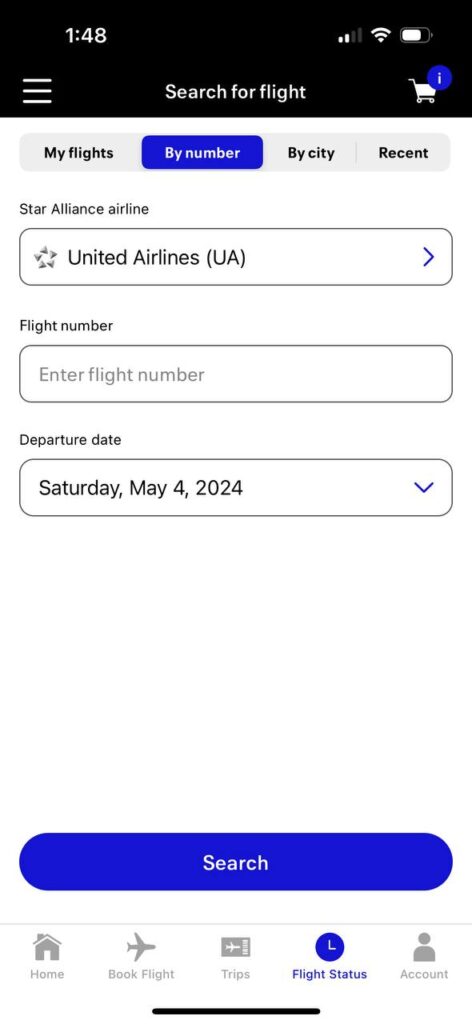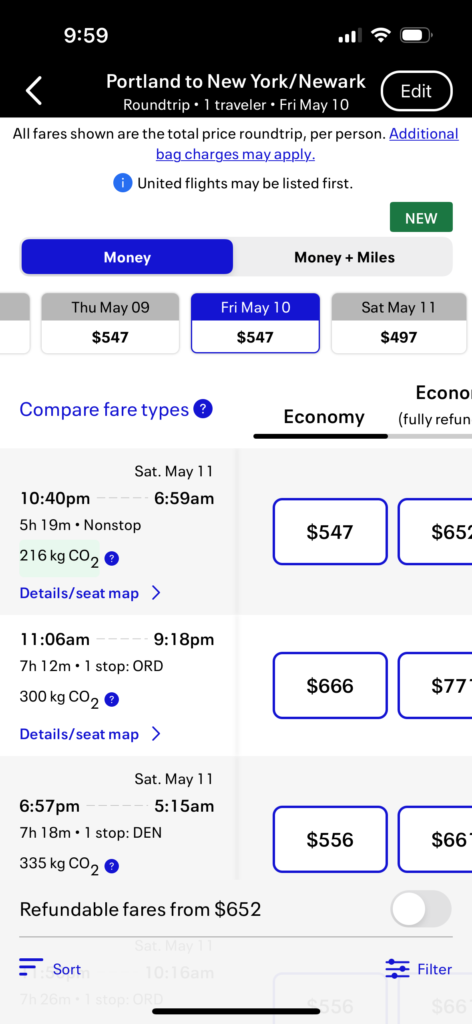
I can sum up this post in a sentence: The overall experience for customers has degraded over time and is, in my opinion, the worst it has ever been.
Need to talk to an airline representative during a delay or cancellation? Good luck. They will direct you to use their app’s chat feature that uses “AI” and 45-minutes later your issue still won’t be solved and you will be asking to speak to an actual person.
Have a question about your healthcare bill? Go through ten different phone trees to finally get a human who tells you you’re talking to the wrong department. After you are finally talking to the correct person they realize that you were billed incorrectly and it will take months for a new bill to be generated and in the meantime your current bill won’t be properly voided and instead sent to collections. You will be sorting this out for months.
Visiting the grocery store and have a full basket? The store will attempt to force you to use self-checkout where inevitably some of the items refuse to scan and require an employee to come over anyway, making the entire checkout process take longer. It also seems like this isn’t always a hiring problem but a cost issue; Grocery store margins aren’t amazing, so anything a store can do to lower costs, they’ll do. You the customer pay the price with your time (and sanity).
I could list more examples and I’m sure you could share your own, the point is the same, the overall customer and user experience for the interactions we need to have on a daily basis continue to be awful. And it isn’t that the interactions are necessarily bad, it’s that there are so many friction points. Some of it feels intentional, put you in what feels like an endless queue, hoping you drop, while other parts feel like no one has actually thought about it being a problem.
The sad part is, I don’t know that the experience gets better in my lifetime. It feels like we’ve just been so conditioned to put up with these annoyances that they aren’t going to be clawed back, we will just put up with them, complain about them, and move on (see this post).









